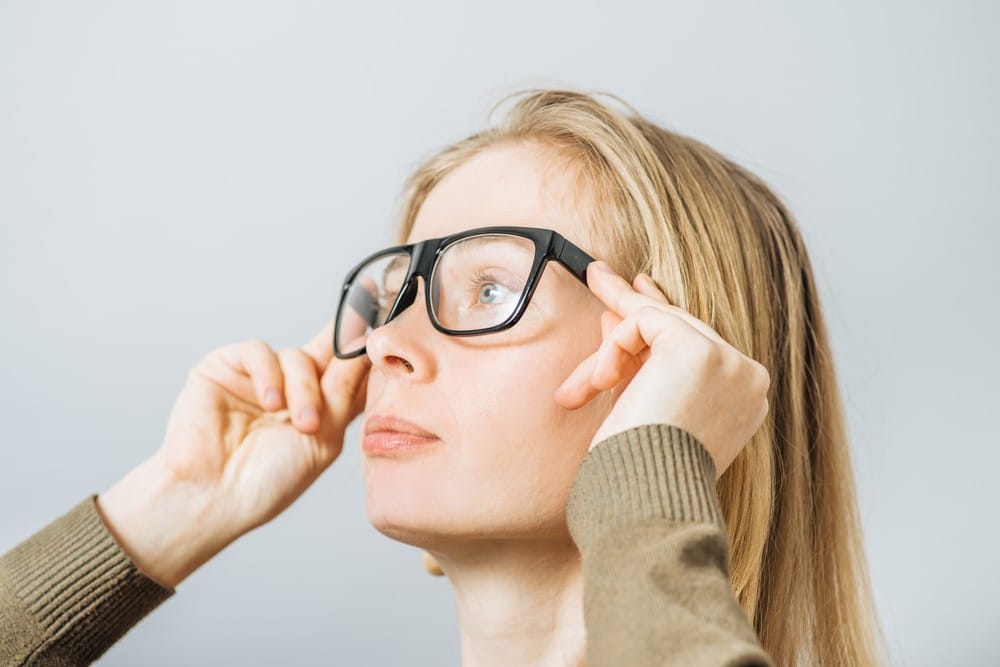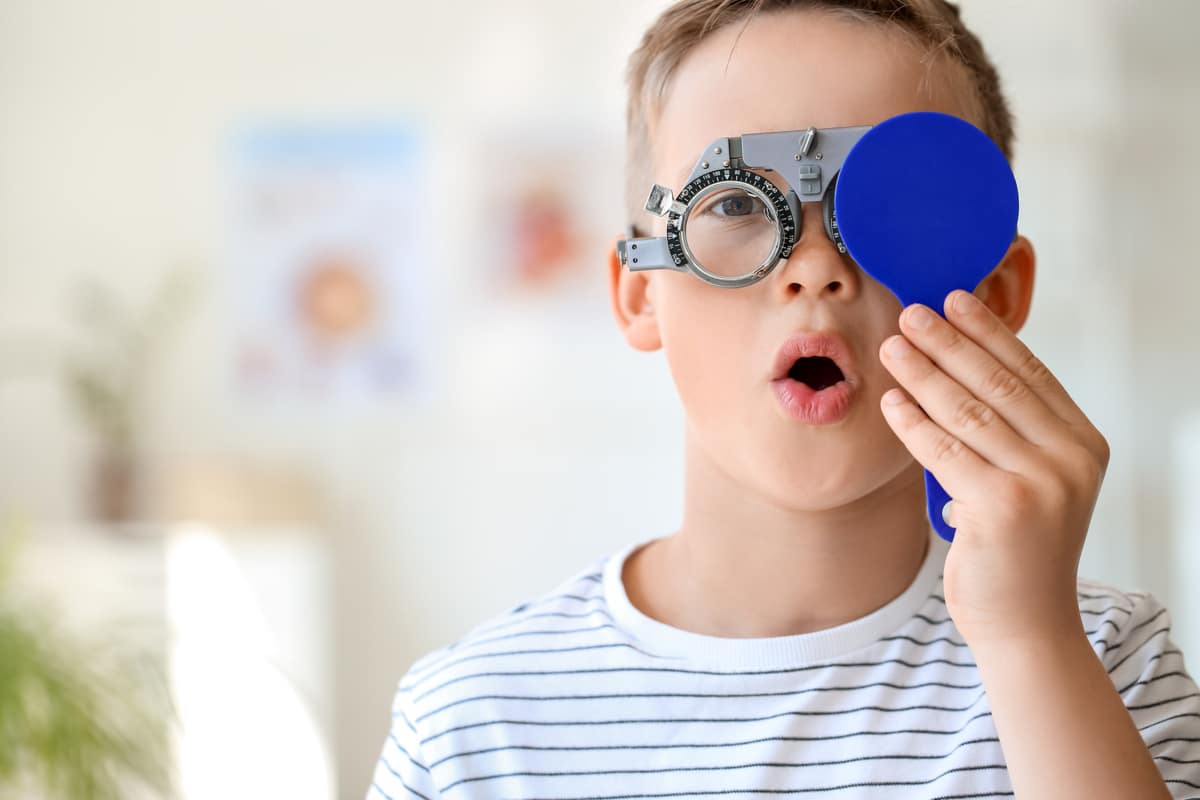Maybe it was your last trip to the eye doctor’s office, and you were told you had 20/20 vision. Or, you once had perfect vision, and are now searching for a corrective prescription to help fix your vision.
Whatever the case, understanding what doctors mean when they tell you that you have normal vision is essential. After all, if you don’t have 20/20 eyesight, you’ll likely want to learn how far-off your vision is from an average person. Let’s dive further into vision!
What Is 20/20 Vision?

The concept of vision is based on the Snellen chart, a standard eye chart used by eye doctors to test a person’s visual acuity. The Snellen chart consists of several rows of letters, each decreasing in size from top to bottom. The letters on the chart are designed to be read from a distance of 20 feet.
20/20 vision describes normal visual acuity, which means that a person can see at a distance of 20 feet from what a person with normal vision can see at the same length. In other words, if you have 20/20 vision, you can see the same level of detail at 20 feet as a person with normal vision can see at the same distance.
It’s important to note that this vision does not necessarily mean a person has perfect vision. It only measures a person’s ability to see at a distance and does not consider other aspects of vision, such as depth perception, color vision, and peripheral vision.
What If You Don’t Have 20/20 Vision?
If you don’t have 20/20 eyesight, your visual acuity is not as good as normal, and you may have difficulty seeing objects at a distance. Depending on the severity of your vision problem, you may experience other vision-related symptoms, such as eye strain, headaches, and difficulty reading or driving. Some people can have 20/50 vision or 20/400 vision, which is when someone with normal vision could see at 50 or 400 feet, you can only see from 20 feet away.
It’s essential to have your eyes checked by an eye doctor to know what the cause of the eyesight problem is and receive the appropriate treatment. Here are some common vision problems that can cause less-than-perfect vision:
- Refractive problems can cause less-than-perfect vision. Prescription eyeglasses or contact lenses can help correct these problems and improve your vision.
- Certain eye diseases, such as cataracts, glaucoma, and macular degeneration, can cause vision loss.
- Problems controlling eye movements, such as strabismus or amblyopia, can cause vision problems. Vision therapy, eye exercises, or surgery may be used to correct these problems.
If you don’t have 20/20 eyesight, it’s important to have your eyes checked. An appointment can determine the cause of your vision problem and receive the appropriate treatment. With the right treatment, you can improve your vision and reduce the risk of further vision problems.
What If You Have Better Than Normal Vision?
If you have better than normal vision, you can see more detail at a distance of 20 feet than a person with normal vision can see at the same distance. For example, if you have 20/10 vision, you can see at 20 feet what a person with normal vision can see at 10 feet, which means that you have better than normal visual acuity. Having better than normal vision is uncommon, but it benefits you in certain situations.

Discovering More About Your Vision
Learning more about your vision is important for maintaining good eye health and preventing vision problems. Regular eye exams are critical for maintaining good eye health and identifying any potential eye problems early. You should still get regular eye exams even if you have normal vision.
If it’s been a long time since your last exam, and you want to know if you have 20/20 vision, contact us today.




